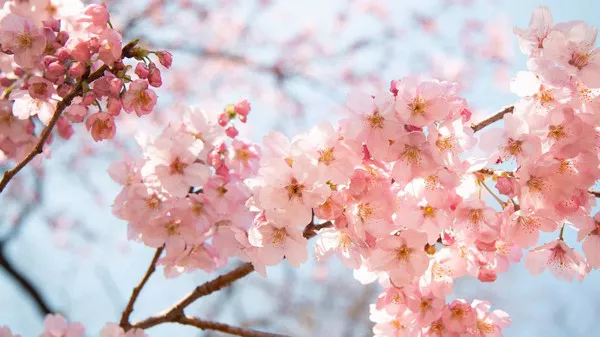In the tapestry of ecosystems worldwide, pollination stands as a pivotal ecological process that underpins the proliferation of countless plant species, upon which the intricate web of life relies. While the image of bees buzzing amidst blossoms may dominate our collective imagination when it comes to pollination, there exists a lesser-known but equally vital group of pollinators: bats. These enigmatic creatures play a crucial role in the pollination of numerous plant species, fostering biodiversity and ecosystem stability in diverse habitats across the globe. In this exploration, we delve into the fascinating world of bat-mediated pollination, shedding light on the mechanisms, adaptations, and ecological significance of this remarkable phenomenon.
Understanding Bat Pollination: An Intricate Dance of Mutualism
Bats, belonging to the order Chiroptera, encompass over 1,400 species distributed worldwide, exhibiting remarkable diversity in morphology, behavior, and ecological niches. While the dietary preferences of bats span from fruits to insects and nectar, it is the nectar-feeding bats, often referred to as ‘nectivorous bats,’ that assume the role of pollinators in numerous ecosystems. These bats have evolved specialized adaptations, including elongated snouts, brush-like tongues, and keen olfactory senses, tailored for exploiting floral resources efficiently.
Unlike bees, which primarily pollinate during daylight hours, many nectar-feeding bats are nocturnal, venturing into the night to forage for nectar-rich flowers under the cloak of darkness. This temporal niche not only reduces competition with diurnal pollinators but also aligns with the flowering schedules of many plants adapted for nocturnal pollination.
The Mechanisms of Bat-Mediated Pollination
The process of bat-mediated pollination unfolds through a series of intricate interactions between bats and flowering plants, orchestrated by coevolutionary dynamics over millennia. As bats forage for nectar, they inadvertently transfer pollen grains adhering to their fur or specialized body parts, such as their elongated snouts or furry faces, from one flower to another. This transfer of pollen enables fertilization, ultimately leading to the production of seeds and the perpetuation of plant populations.
Furthermore, the unique flight patterns of bats contribute to the effectiveness of their pollination services. Bats exhibit agile flight capabilities, allowing them to hover in front of flowers while accessing nectar, ensuring intimate contact with reproductive structures and maximizing pollen transfer between flowers of the same species.
Adaptations of Bat-Pollinated Flowers
In tandem with the adaptations of nectar-feeding bats, bat-pollinated flowers have evolved an array of morphological and physiological traits to attract and facilitate pollination by these winged visitors. One prominent feature of bat-pollinated flowers is their nocturnal blooming schedule, synchronized with the activity patterns of nectar-feeding bats. These flowers often boast large, tubular or bell-shaped corollas, emitting strong, musky odors that serve as olfactory beacons guiding bats to their nocturnal banquets.
Moreover, bat-pollinated flowers tend to exhibit pale or white petals, which stand out against the backdrop of the night sky, aiding bats in locating floral resources amidst darkness. Additionally, many bat-pollinated flowers produce copious amounts of nectar, serving as a rich energy source for the high metabolic demands of nectar-feeding bats.
Ecological Significance and Conservation Implications
The ecological significance of bat-mediated pollination extends far beyond the reproductive success of individual plant species, permeating entire ecosystems and cascading through trophic levels. In diverse habitats ranging from tropical rainforests to desert scrublands, bat-pollinated plants form key components of native flora, providing sustenance for an array of wildlife, including insects, birds, and mammals.
Furthermore, the services rendered by bat pollinators hold economic value, contributing to the pollination of economically significant crops such as agave, durian, and various species of fruit-bearing trees. As such, the conservation of bat populations and their habitats assumes paramount importance in safeguarding both biodiversity and agricultural productivity.
However, bat populations worldwide face an array of anthropogenic threats, including habitat loss, pesticide exposure, and climate change-induced disruptions to flowering phenology. Concerted conservation efforts aimed at mitigating these threats are imperative to ensure the persistence of bat-mediated pollination and the ecological resilience of ecosystems reliant upon these vital services.
Conclusion
As stewards of our planet, it behooves us to recognize and appreciate the invaluable contributions of bats to ecosystem functioning and biodiversity. By fostering habitat conservation, promoting sustainable agricultural practices, and raising awareness about the ecological importance of bats, we can collectively ensure the preservation of these enigmatic pollinators and the ecosystems they inhabit for generations to come.


